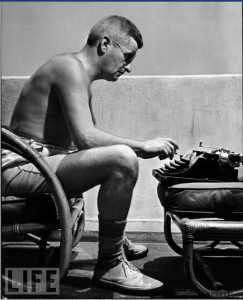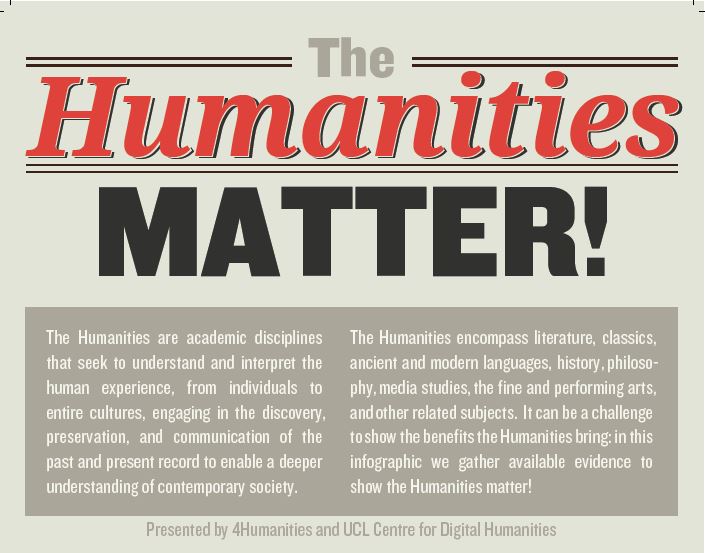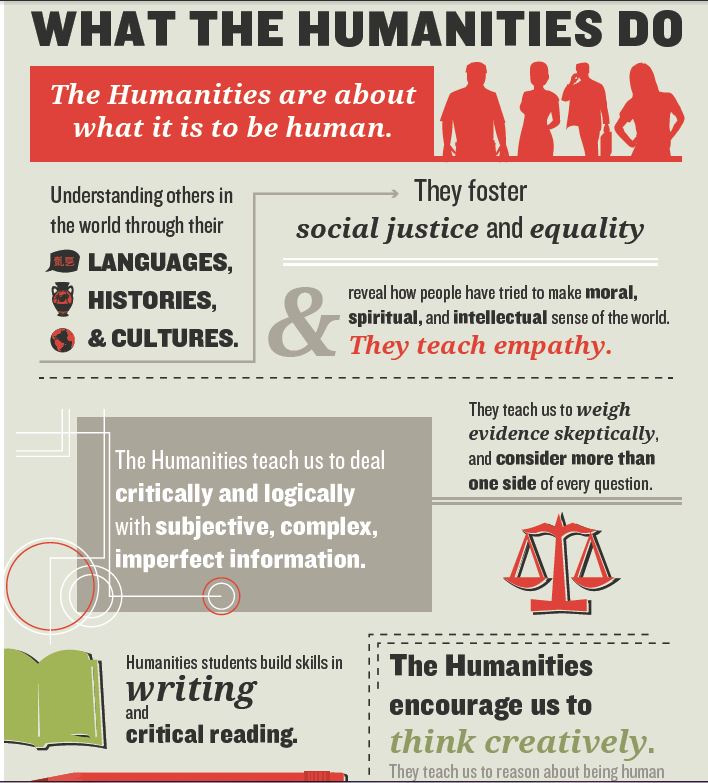
In summer 2016, the Mississippi Quarterly will publish a roundtable on “Digital Yoknapatawpha” (DY).
The papers will be on the following topics:
1. Overview of the project, “Digital Yoknapatawpha”
2. “Digital Yoknapatawpha”‘s progress to date
3. A humanist does digital humanities
4. “Digital Yoknapatawpha”‘s value for scholarship and criticism
5. “Digital Yoknapatawpha”‘s value for teachers and students
6. Faulkner and DH — how they illuminate each other
7. “Digital Yoknapatawpha” and DH << This one is mine!
Abstract:
“Digital Yoknapatawpha in the Context of the Digital Humanities”
A searchable database, a map, a timeline, interactivity, links to archival resources and other digital elements are what make “Digital Yoknapatawpha” valuable to both teachers and scholars. Those same assets are reasons why this born-digital project, which will never be published via traditional means (because it can’t), is considered a digital humanities project and not just some fancy website. This paper gives a definition and historical introduction to the digital humanities, and then describes some of the methods and practices central to digital humanities projects that have been used to create “Digital Yoknapatawpha.”
And in case you’re wondering…
What is Digital Yoknapatawpha? “Digital Yoknapatawpha” aims to enter every character, location and event from the individual texts into a robust database and then to map that data into an atlas of interactive visual resources, so that users can better understand and study the acts of narrative re-creation Faulkner undertook, according to the demands of a particular story. The project ultimately aims to link the entire body of Yoknapatawpha fictions together and dynamically generate new, cumulative maps. These will enable scholars or students to study, for example, all black inhabitants and the roles they play in his texts, or Faulkner’s representations of violence, or religion, or family.
The project is a collaboration of Faulkner Scholars with the University of Virginia’s Digital Media Lab, Institute for Advanced Technology in the Humanities and SHANTI. (Source: Digital Yoknapatawpha)



You must be logged in to post a comment.